What Senses Do Pigs Rely On?
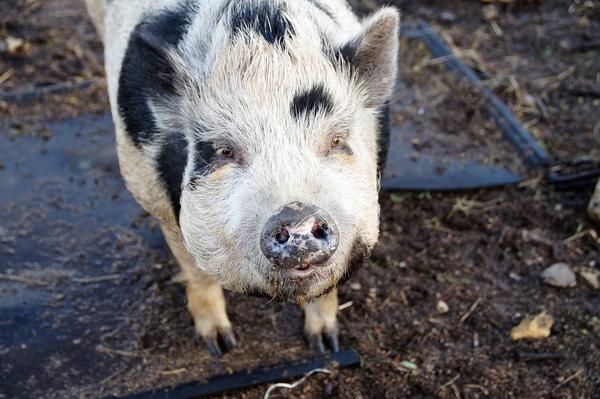
Curious about pigs?
Ever wondered how they perceive the world around them? 😮
Don't worry, I've got your back.
You're itching to unravel the mysteries of their senses, and I'm here to deliver.
So buckle up, let's dive into the fascinating world of piggy perceptions.
The Pig and Its Five Senses
Pigs have an incredible sense of smell
Did you know that pigs actually have a better nose than humans?
It's true.
With their highly advanced snouts, they can detect scents that we can't even imagine. They have around 11,000 receptors in their snouts called olfactory glomeruli, which help them sniff out all kinds of things.
Can you believe it?
But here's the thing...
Pigs don't see so well
You might think that pigs have eagle-like eyesight to compensate for their lackluster sense of smell, but sadly, that's not the case.
Their vision is actually pretty poor.
They have a limited visual range and struggle with dim lighting.
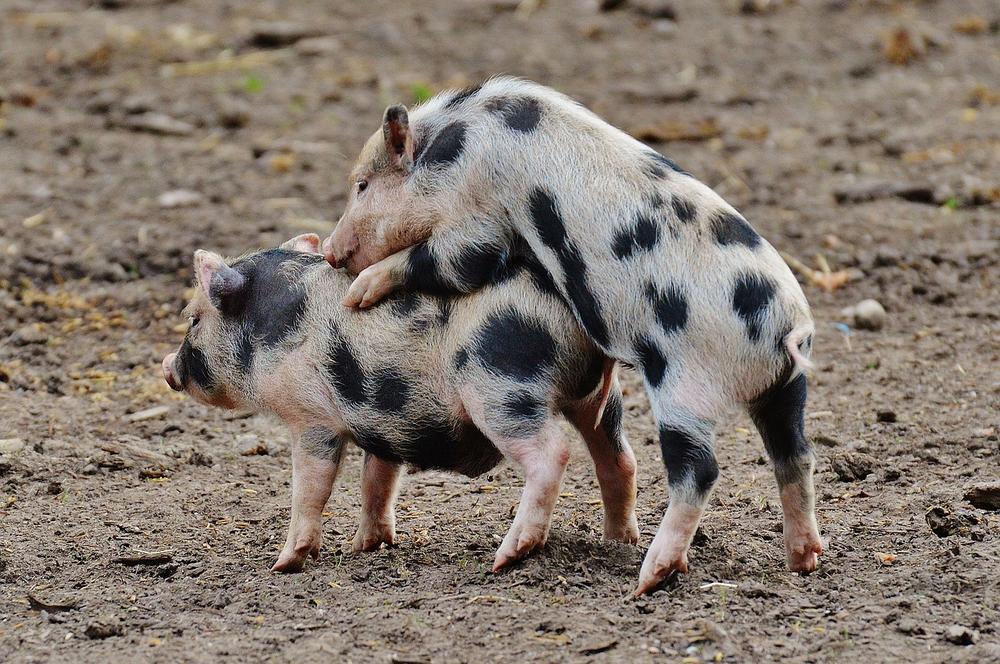
Imagine trying to navigate the world with blinders on!
It must be tough.
Touch and hearing are super important for pigs
While pigs may not rely on their eyes as much as us, they excel in other areas, like touch and hearing.
Did you know that they can hear sounds that are beyond our range?
Talk about impressive!
Not only that, but they also have incredibly sensitive skin.
They use a 3D approach to explore their surroundings, relying on their sense of touch, taste, and smell to gather information. Plus, their keen hearing keeps them alert for any potential dangers or delicious treats nearby.
Pretty fascinating, right?
So, when we create environments for pigs, you have to consider their special senses.
By designing spaces that engage their sight and sound, we can ensure happier and healthier pigs. That makes sense, doesn't it?
But did you know that pigs rely on a sense that goes beyond their amazing snouts?
Well, let me tell you, it's truly fascinating!
The Importance of Touch in Pig Welfare
Pigs heavily rely on their sense of touch to explore their environment, recognize faces, and navigate in a 3D manner. Touch plays a vital role in their behavior, interactions, and overall welfare. Providing clean and quiet spaces, along with opportunities for exploration, is crucial for their happiness.
I gotta say, pigs are some fascinating creatures.
They have an amazing sense of touch, which allows them to fully experience the world around them in a three-dimensional way.
Seriously, it's like they're watching their own piggy IMAX movie! 😄
This awesome ability helps them tell apart different temperatures and textures in their food.
Can you believe it?
Your porky pals can actually tell if their grub is too hot or cold, smooth or crunchy.
Talk about having fancy taste buds!
But here’s the thing that might surprise you...pigs are all for cleanliness, just like your mom used to nag you about when you were a kid.
These clever little critters hate noise, so giving them a nice, quiet space is a must.
And let me tell you, pigs have a knack for sniffing out filth.
They won't let any dirt go unnoticed!
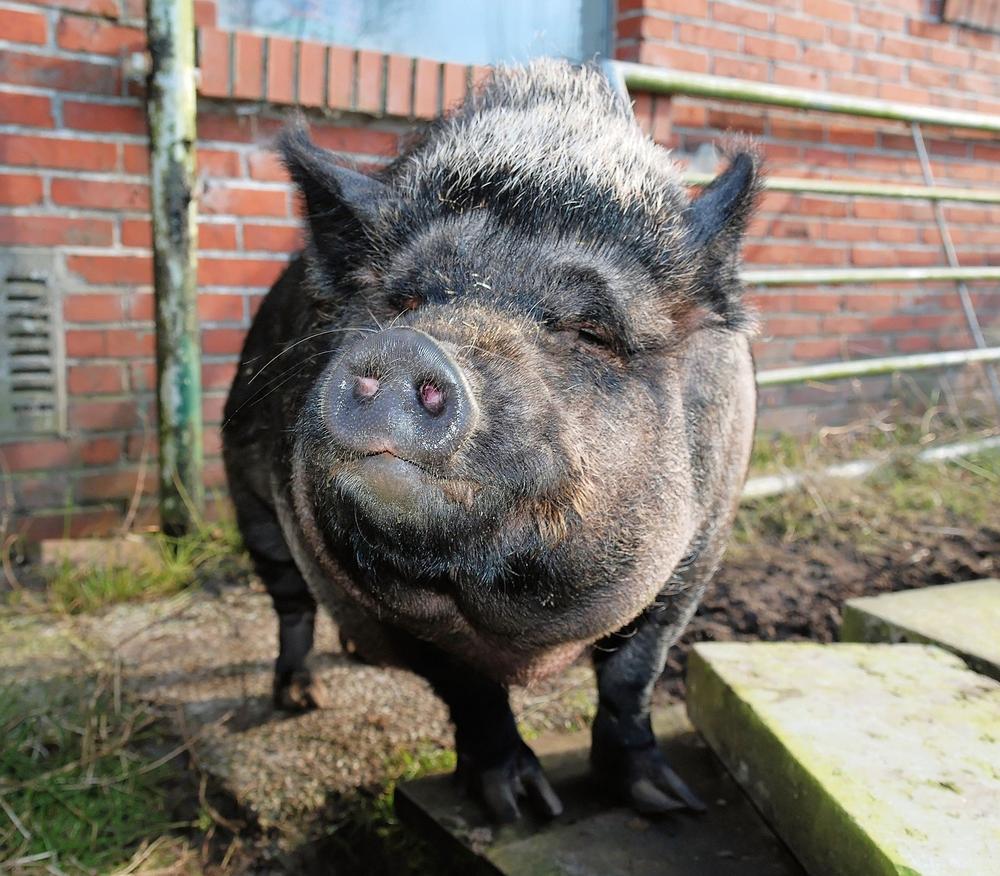
Now brace yourself for another mind-blowing fact.
Pigs are super social animals, and they can form strong bonds with humans.
Yup, you can be best buddies with a pig!
They have this incredible ability to recognize familiar faces and find their way home.
Pretty impressive, right?
Just remember to approach pigs slowly because startling them is a big no-no.
A scared pig might try to run away or even get defensive over its personal space.
So play it cool.
Oh, and I can't stress enough how important touch is to pigs. It's not only about identifying characteristics of their food, but it also plays a huge role in their behavior and interactions with their surroundings. Touch is absolutely vital for a pig's happiness and well-being.
Keep that in mind, folks.
But did you know that there's more than just touch to a pig's sensory experience?
Well, hold on tight because in the next section, I'm going to blow your mind with some intriguing facts about pigs' incredible sense of hearing and how it can affect their well-being.
Are you ready?
Let's dive in!
The Role of Hearing in Pig Communication
Pigs heavily rely on their acute hearing to interact with the world.
Their sense of hearing is very sensitive, even loud noises can stress them out.
It's like when you hear your least favorite sound, nails scraping a chalkboard.
This is pretty distressing.
Not only that, but pigs also get worked up by unpleasant smells and loud sounds.
It makes sense why they would be bothered, doesn't it?
To connect with pigs, stay calm.
They will appreciate it.
Speak in a gentle tone.
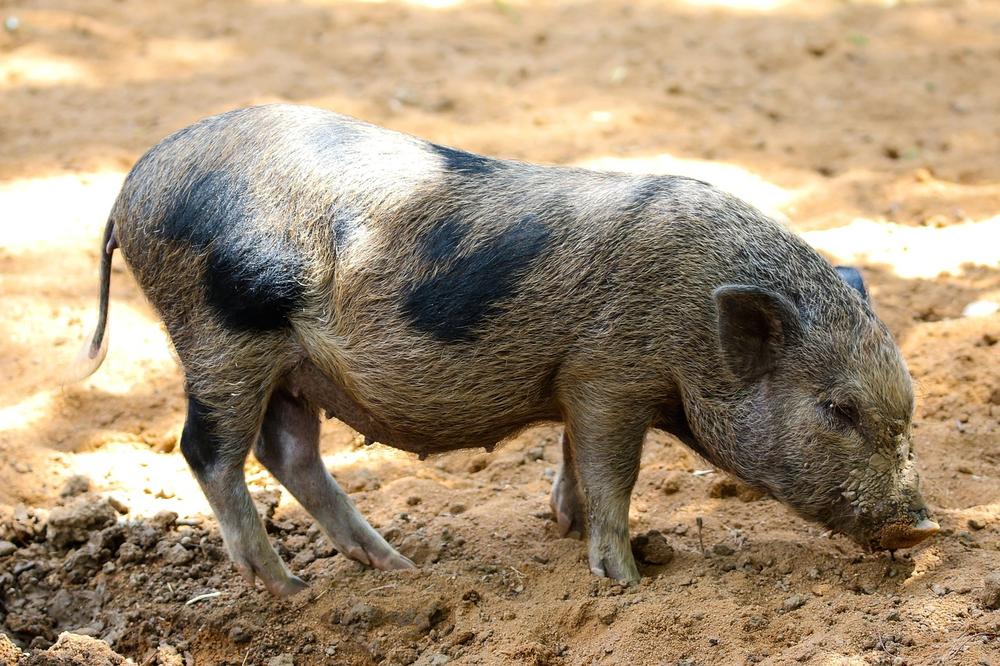
Give them treats to show that you're cool.
And here's something important...
When you start approaching them, give them time to adjust.
Imagine how scared you would be if someone suddenly rushed at you without any introduction!
Just start by being near them.
Slowly reach out your hand, let them sniff before they become immune to it.
Build trust step by step.
Oh, and don't forget:
No distractions allowed. Close those chutes completely!
Avoid unnecessary chaos while handling pigs.
By listening to their needs and gradually becoming familiar with each other, you'll form an unbreakable bond with these adorable creatures.
Attention: If you're curious about how pigs communicate and understand their behavior and communication patterns, check out Pig Communication. I advise you to dive into the fascinating world of pig language and gain insights on building a bond with these adorable creatures.
Odors as a Management Tool in Commercial Pig Production
Pigs are masters of smell.
Their heightened sense of smell plays a crucial role in their foraging adventures and distinguishing between various odors.
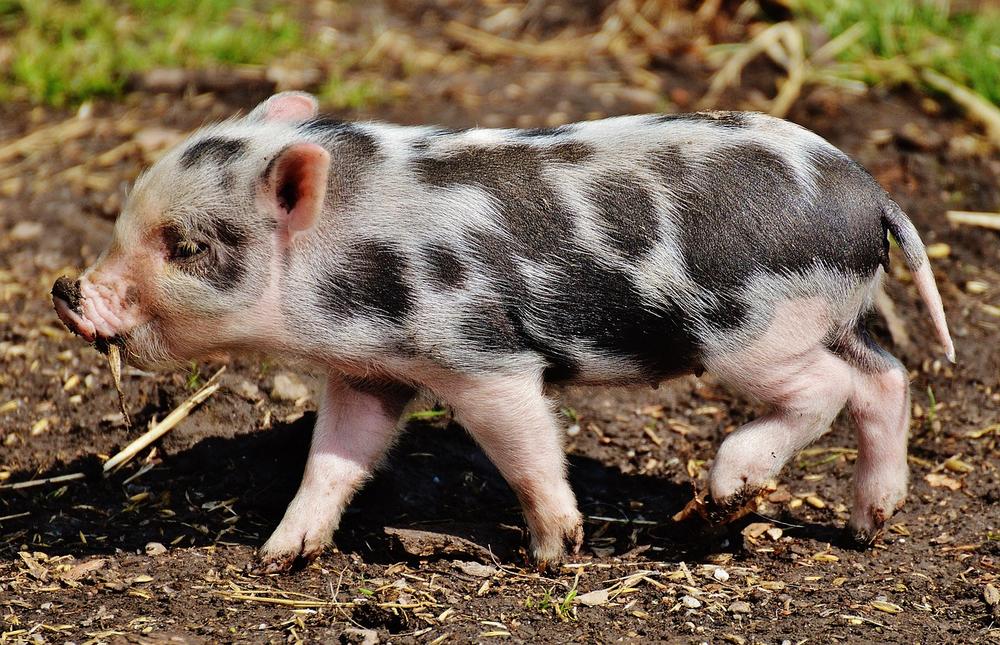
These magnificent creatures possess remarkable olfactory abilities, equipped with a whopping 1113 functional olfactory receptor genes and 188 pseudogenes. This extensive repertoire of olfactory receptors sets them apart from the rest.
To add to their olfactory prowess, pigs boast an impressive 11,000 olfactory glomeruli nestled within their olfactory bulb.
These little spheres contribute to their superior sense of smell, surpassing that of many other species.
Even though pigs have smaller brains compared to us mere humans, they compensate by boasting a proportionally larger olfactory system. Such emphasis on their sense of smell truly showcases its significance in their daily lives.
Chemicals in the Environment of Pigs
Pigs have a unique ability to communicate through scent marking.
This is because they possess nine glands that produce odors.
And let me tell you, these odors play an important role in their environment.
However, when pigs transition to unfamiliar surroundings, it can cause them additional stress.
You see, their previous living conditions and the differences in their new environment can take some getting used to.
It's interesting to note that pigs have a more pronounced olfactory system compared to humans.
Even though their brain size is smaller than ours, their sense of smell is highly developed.
Unlike humans, pigs do not have numerous pseudogenes and sequence variations in their olfactory system.
The organization of the pig's olfactory areas reflects their evolution and development as skilled communicators through scent.
Pretty fascinating stuff, don't you think?
Now, let me introduce you to another fascinating aspect of pigs' sensory capabilities.
This time, we'll explore how their heightened sense of taste influences their preferences and intake of feed, ultimately impacting their overall health and welfare.
Intrigued?
Let's dive in and uncover the secrets of pigs' discerning palates.
Enhancing Piglet Feed Transitions and Welfare
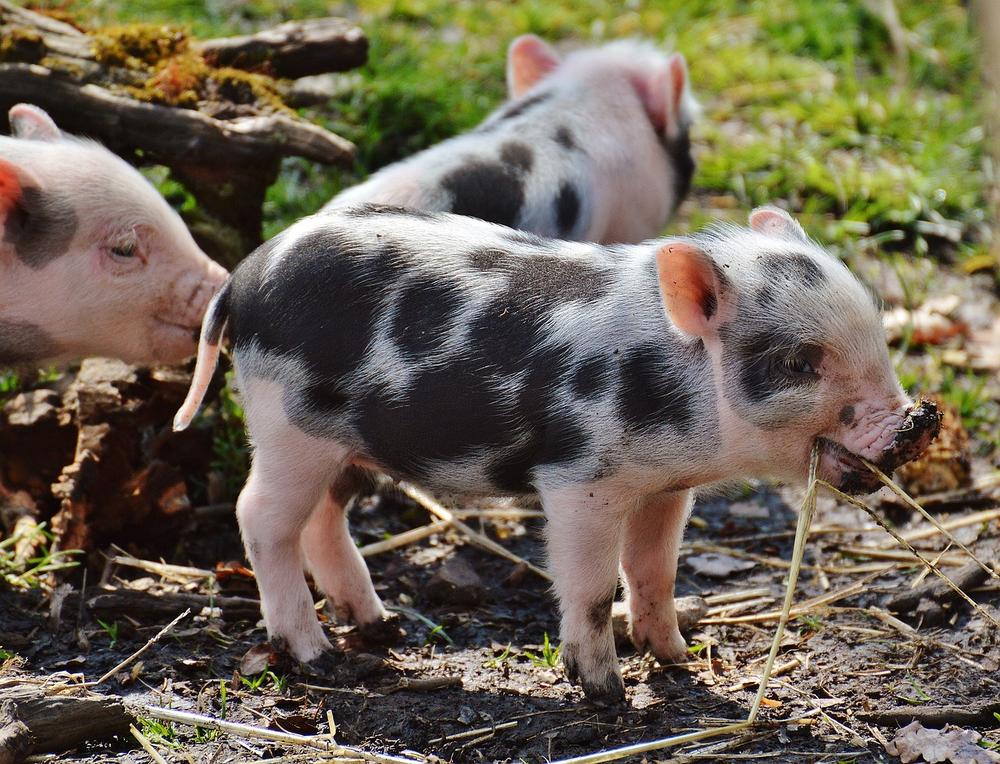
To ensure your piglets stay healthy and happy, here are 5 simple suggestions to help you with their feeding process:
- Pick the right food: Choose Piglet's Flavorit because it's delicious and nutritious. The taste and smell will tempt your piglets to eat, making the switch to solids easier.
- Gradual changes are key: Introduce solid food gradually alongside their usual liquid diet. Start with small portions of solids and increase it slowly while reducing their liquid intake over time.
- Keep them stress-free: Create a comfortable environment with the right temperature, ventilation, and clean water. This will ensure your piglets feel secure and have a healthy appetite.
- Let them learn from each other: Encourage piglets to eat together, as this promotes healthy competition and higher feed consumption. Peer influence can motivate them to explore new foods.
- Stay on top of their eating habits: Regularly monitor how much they're eating and adjust their feeding accordingly. You ought to always have enough food available to meet their nutritional needs.
By adhering to these suggestions, you will enhance the process of introducing food to your baby pigs, enhance their well-being, and ultimately nurture their growth and progress. 😊
Final thoughts
Key takeaways:
- Pigs have poor eyesight and rely on their sense of smell and hearing to compensate.
- Pigs have a heightened sensitivity to touch and hearing, including ultrasonic sounds.
- Pigs rely heavily on their sense of smell for foraging and use it as their main sense.
- Pigs possess a highly developed sense of taste with many taste buds.
- Pigs require a clean and quiet space and prefer cleanliness.
- Pigs can develop strong connections with humans and recognize familiar faces.
- Pigs have a highly sensitive sense of hearing and can be easily stressed by loud noises.
- Building a bond with pigs requires patience and trust-building.
- Pigs have a highly developed olfactory system with a large number of olfactory receptor genes.
- Good feed intake at a young age is essential for piglet health and smooth weaning.
And that's all for today folks.
You've made it to the end of my blog post, so let me ask, did you enjoy it? I put in a ton of effort into writing these posts with the goal of providing comprehensive and useful information. It takes me quite a bit of time (in a good way), so it would mean the world to me if you could take a moment to click on any of the social sharing icons and share this post with others. Your support is greatly appreciated!
Until next time,
-Chris Campbell